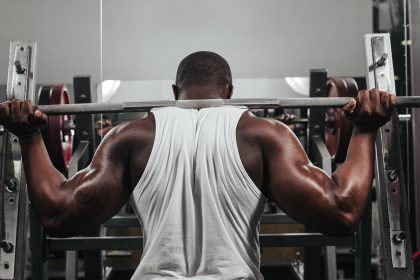The battle between treadmills and ellipticals has long divided fitness enthusiasts, with each machine offering unique benefits for cardiovascular health. As home gyms become increasingly popular, understanding the distinctions between these two pieces of equipment has never been more crucial for making informed fitness decisions.
Understanding impact on your body
Treadmills simulate natural walking and running movements, making them ideal for those training for outdoor events. The impact of each step helps maintain bone density, but this same feature can stress joints, particularly in the knees and ankles. Ellipticals, by contrast, offer a floating sensation that eliminates most impact stress, making them particularly appealing for those with joint concerns or recovering from injuries.
The science of calorie burn
Research from the American Council on Exercise reveals that the effectiveness of either machine primarily depends on workout intensity rather than equipment choice. A vigorous 30-minute session on either machine can burn between 270-400 calories, depending on factors like body weight, speed, and resistance levels. The key difference lies in perceived exertion – many users report feeling less fatigue on ellipticals while achieving similar caloric burn.
Muscle engagement differences
Treadmills primarily target lower body muscles, engaging the quadriceps, hamstrings, calves, and glutes in a natural walking or running motion. The core also activates for balance and posture maintenance. Ellipticals provide a unique advantage by incorporating upper body movement through the arm handles, engaging the chest, back, biceps, and triceps while still working the lower body muscles.
The rehabilitation perspective
Physical therapists often recommend ellipticals for patients recovering from lower body injuries. The controlled, low-impact motion allows for cardiovascular training without compromising healing tissues. However, treadmills remain essential for gait training and rebuilding natural walking patterns post-injury.
Technology and user experience
Modern treadmills and ellipticals come equipped with advanced features that enhance the workout experience. Interactive displays, virtual courses, and integrated fitness apps help combat exercise monotony. Treadmills often offer more varied workout programs, including interval training and hill simulations, while ellipticals excel in providing resistance-based cross-training options.
Space and budget considerations
Both machines require significant space, but treadmills generally need more clearance for safety. The average treadmill measures 64 inches long by 28 inches wide, while ellipticals typically require a 48-by-34-inch footprint. Price points vary significantly, with basic models starting around $500 and premium versions exceeding $3,000.
Maintenance requirements
Treadmills typically require more maintenance due to their moving parts and motor-driven design. Regular belt lubrication, motor inspection, and deck cleaning are essential for longevity. Ellipticals, with their simpler mechanical design, generally need less frequent maintenance, though regular cleaning and bolt tightening remain important.
Professional athlete preferences
Elite athletes often incorporate both machines into their training regimens. Marathon runners rely on treadmills for precise pace training and weather-independent workouts, while cross-training athletes appreciate ellipticals for active recovery days and maintaining cardiovascular fitness without impact stress.
Customization options
Both machines offer various ways to customize workouts. Treadmills allow for speed and incline adjustments, while ellipticals offer resistance levels and stride length variations. This adaptability ensures that both beginners and advanced users can find challenging workout options.
Weight loss effectiveness
When it comes to weight loss goals, consistency matters more than equipment choice. However, some users find ellipticals more sustainable for longer workouts due to reduced fatigue and joint stress. Treadmills may provide a slight advantage in caloric burn at higher intensities due to the natural running motion and greater impact forces.
Medical considerations
Individuals with specific medical conditions should consult healthcare providers before choosing between machines. Those with balance issues might prefer ellipticals for their stability, while individuals focused on bone density maintenance might benefit more from treadmill workouts.
Future innovations
As fitness technology evolves, both machines continue to incorporate new features. Virtual reality integration, artificial intelligence-driven workout customization, and improved ergonomic designs are becoming increasingly common, enhancing the user experience on both platforms.
Making the final decision
The choice between a treadmill and elliptical ultimately depends on individual fitness goals, physical condition, and personal preferences. Both machines effectively improve cardiovascular health when used consistently and with proper form. Consider trying both at a local gym before making a purchase decision for home use.













